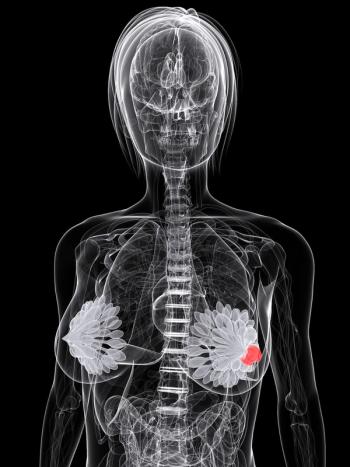
- ONCOLOGY Vol 14 No 1
- Volume 14
- Issue 1
Relicensing of Physicians?
The Institute of Medicine (IOM) committee that released a report on medical errors in December recommended that physicians demonstrate “competence and knowledge of safety practices” through periodic reexamination and relicensing. The report, entitled “To Err is Human: Building a Safer Health System,” was written by a committee chaired by William Richardson, chief executive officer of the W. K. Kellogg Foundation. Most members of the 19-person committee were doctors.
The Institute of Medicine (IOM) committee that released a report on medical errors in December recommended that physicians demonstrate competence and knowledge of safety practices through periodic reexamination and relicensing. The report, entitled To Err is Human: Building a Safer Health System, was written by a committee chaired by William Richardson, chief executive officer of the W. K. Kellogg Foundation. Most members of the 19-person committee were doctors.
The reports bottom line is that there are too many inadvertent medical errors, and that these errors can be reduced through a systems approach that designs safety into processes of care. Based on two different studies, the report notes that at least 44,000 people die each year as a result of medical errors and states that the figure may be as high as 98,000. Errors are not caused by recklessness by individual doctors or nursers, but rather, result from basic flaws in the system. For example, errors may stem from confusion over medications due to names that sound alike when spoken or look alike when written. Also, the design of common medical devices is not standardized and may change from year to year or model to model, creating confusion in their use. These stunningly high rates of medical errors...are simply unacceptable in a medical system that promises first to do no harm, said Richardson.
The report acknowledges that there is no silver bullet and proposes a four-part strategy to address the problem. This strategy includes establishing leadership and knowledge about patient safety, identifying and learning from errors through both mandatory and voluntary reporting, setting performance standards and expectations for patient safety, and implementing safety systems within health care organizations. Lonnie Bristow, a past president of the AMA, was a member of the IOM committee. In its reaction to the NAS report, the AMA cited the National Patient Safety Foundation that it created in 1997. Copies of the IOM report are available at
© 2000 by PRR, Inc. All rights reserved.
Articles in this issue
almost 26 years ago
Raltitrexed Combination Appears Promising in Advanced Colorectal Canceralmost 26 years ago
New Delivery System p53 Gene Holds Promise for Prostate Cancer Treatmentalmost 26 years ago
Interim Results of Trials of Chemotherapy Plus Electric Pulsesalmost 26 years ago
Experimental Compound Targets Molecular Cause of Leukemiaalmost 26 years ago
Changes in Medicare Fees for theYear 2000almost 26 years ago
Are ‘Platins’ on the Way Out in Regimens for NSCLC?almost 26 years ago
Margin Width the Key to Controlling DCIS of the Breastalmost 26 years ago
Endometrial Carcinoma and Precursors: Diagnosis and TreatmentNewsletter
Stay up to date on recent advances in the multidisciplinary approach to cancer.
















































































